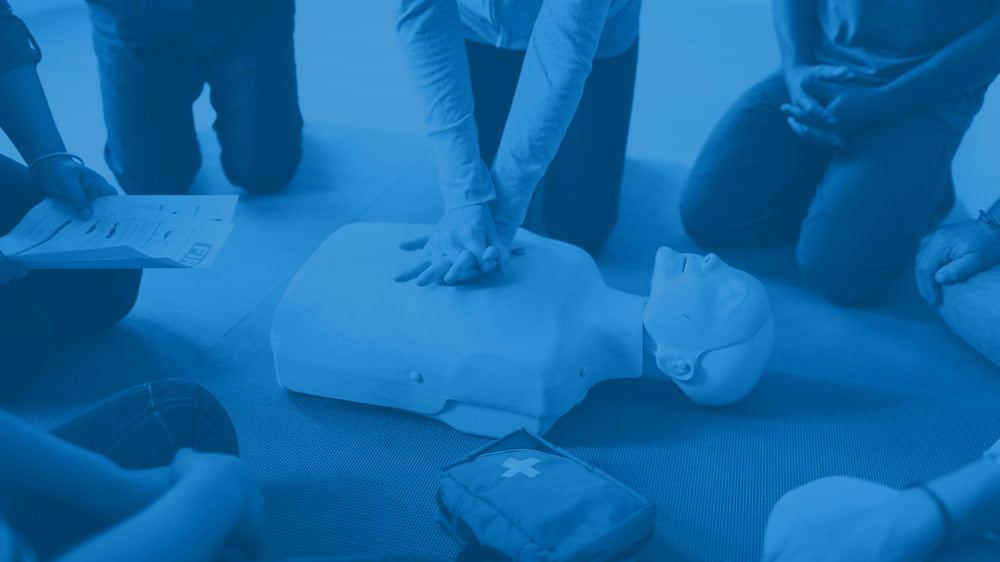
EMT programs, also known as Emergency Medical Technician courses, are essential for anyone aspiring to work in emergency medical services. EMT Basic Training, the first level of EMT programs, requires a high school diploma or GED. Furthermore, most EMT programs mandate that students be at least 18 years old. All students must have a valid driver’s license and pass a background check before enrolling in an EMT training course.
Online and Accelerated EMT Programs
With the advent of technology, online EMT courses at the Ricky Rescue Training Academy in Florida have become quite popular. These EMT classes online provide the same quality education as traditional classes but with the added convenience of flexible timing and location. Furthermore, accelerated EMT courses are designed for those wishing to fast-track their EMT training. These intensive EMT programs condense the curriculum into a shorter time frame, perfect for those needing to complete their EMT certification course quickly.
Professions Requiring EMT Programs
EMT training is essential for several emergency medical services (EMS) professions. Besides becoming an Emergency Medical Technician, one can pursue careers as a paramedic, rescue worker, or emergency dispatcher. However, EMT programs hold particular significance for firefighters. Fire and EMT training go hand in hand, as firefighters are often the first responders to medical emergencies. Therefore, most firefighter jobs require EMT certification.
EMT Training for Firefighters
Firefighter EMT training at the Ricky Rescue Training Academy combines firefighting skills with EMT basic training to effectively manage emergencies. This combination enables firefighters to respond to medical crises swiftly, save lives, and reduce property damage. These EMT training programs offer classroom instruction and practical skills training, ensuring firefighters are well-equipped for emergencies.
What EMT Courses Teach
An EMT program course covers many topics to prepare students for emergencies. It starts with the basics, such as patient assessment, bandaging, and splinting in the EMT Basic Training. Additionally, students learn more advanced techniques like trauma care, handling emergency childbirth, and managing heart attacks. EMT night and EMS classes cover similar material, allowing students to learn at a pace and schedule that suits them.
Additional EMT Training and Certification
Post basic training, students can opt for advanced EMT training programs. These programs delve into more complex medical procedures, such as administering medications and using advanced airway devices. Students can take the National Registry of EMT (NREMT) exam after completing the EMT training course. Passing this test awards the student with the EMT Certification, allowing them to work professionally as an EMT.
Flexibility in EMT Programs
EMT schools offer a variety of classes, both in-person and online, to suit the needs of every student. Online EMT Basic or EMT night classes provide a flexible option for those with work or family obligations. For quicker certification, an accelerated EMT program can be the right choice.
Proper training is crucial whether one aims to be an EMT or a firefighter. EMT classes at the Ricky Rescue Training Academy offer this comprehensive training, ensuring every student is prepared to handle medical emergencies professionally and efficiently.
